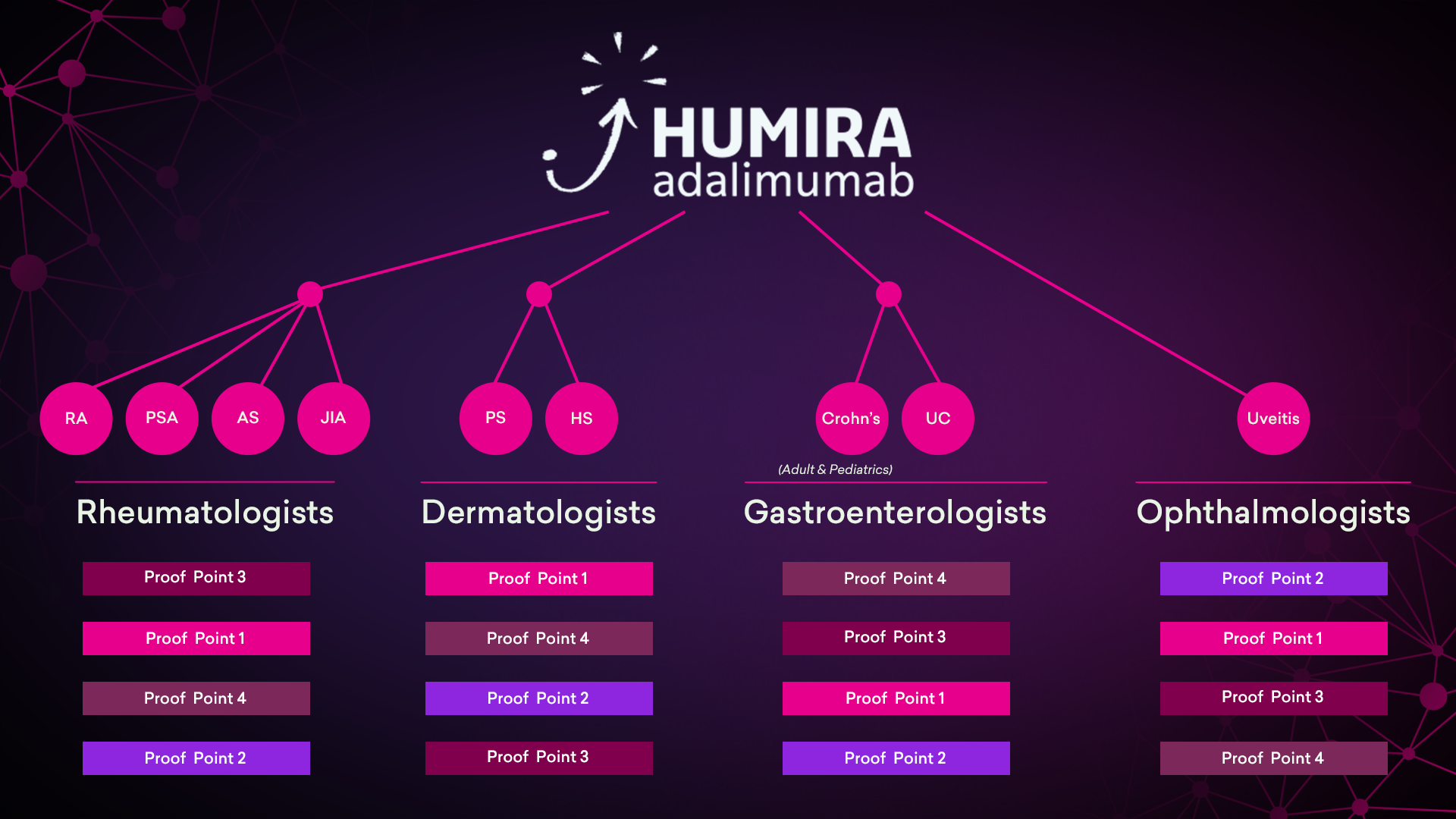
If you boil positioning down to its core, it’s the perception that you want your customers to have about your brand. As marketers, we do a lot to shape that perception, relying on the mind of the consumer to tease out the meaning behind all of our communications and form a belief about, and hopefully loyalty to, our brand.
Gestalt theory helps us to gain a better understanding of how the human brain works and the importance of building to a differentiating and motivating positioning. The word “gestalt” literally translates to “unified whole,” while Gestalt theory is defined as “the whole is greater than the sum of its parts.” The story of how it came to be involves Max Wertheimer and a movie marquee. Wertheimer noted that, despite the fact that one light was turning off while another was turning on, the marquee had the appearance of one light ‘running’ around the edges. This is because the human brain is specifically wired to find patterns in the world around us.
What implications does this hold for positioning?
While there are many principles surrounding Gestalt theory, the most critical piece for us to explore is how people, or more importantly—their brains, will interpret the whole of the brand and what we as marketers do to shape that. If we think back to the light running around the marquee, every message and visual communicated by the brand represents one flicker of the light, while the positioning represents the ‘running’ pattern, or the sum of those perceptions. If one light on the marquee is burned out, everyone notices. The same is true if brand communications are not aligned to the overall positioning, it will cause people to pause—not in a good way—and form an incorrect perception of the brand.
That’s why thinking about Gestalt theory is so crucial when developing brand positioning. If each communication touchpoint is not tailored to fit the brand’s overall story, it will not influence the pattern that consumers’ minds are forming in a positive way. By determining the desired whole and shaping a communication pattern with the goal of reaching it, consumers are more likely to hold a beneficial perception of the brand.
Similar to how the different principles of Gestalt theory can help to shape different perceptions of the whole, Proof Points also help to shape the perception of a brand in different markets, indications, or even customer types. We define Proof Points as “the ladder of messages that support positioning”. While one Proof Point might serve as the primary message conveyed to physicians, another could be the primary point conveyed to patients.
Applying Gestalt Theory to Positioning
Humira exemplifies the use of positioning and Proof Points that employ Gestalt theory to great effect. Humira is essentially a one drug franchise, finding success in ten indications with four physician specialties and patient types. Rather than panicking when faced with the daunting task of crafting a positioning that was both relevant and differentiating to all of those various targets, the Humira team focused on an overall perception and the ways they could make it relevant across the entire spectrum of current and even future stakeholders. In addition to creating tactics and services that amplified their overall perception, Humira also relied on a Proof Point structure to maximize the specific messages that supported the whole by ordering them in a hierarchy to convey the most relevant message to each customer type. Take a look at the illustrative example below to see how Proof Points can play out differently by indication and customer type, while laddering up to a central perceptual whole:

Think about Gestalt theory as a way to drive home the importance of crafting a relevant and differentiating positioning and communications structure that adheres to it. No matter what stage of development a brand is in, whether it has yet to enter the market or has been on the market for years, using Gestalt theory to structure or restructure the thinking behind all aspects of communication and how they ladder back to singular, overarching positioning (the whole) is pivotal to maximizing a brand’s influence in the marketplace.

